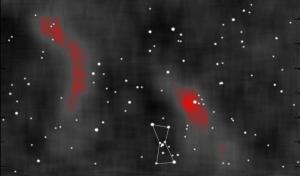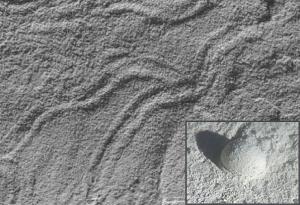Joining an international team of collaborators, Los Alamos researchers Brenda Dingus, Gus Sinnis, Gary Walker, Petra Hüntemeyer and John Pretz published the findings November 25 in Physical Review Letters.

"The source of cosmic rays has been a 100-year-old problem for astrophysicists," Pretz said. "With the Milagro observatory, we identified two distinct regions with an excess of cosmic rays. These regions are relatively tiny bumps on the background of cosmic rays, which is why they were missed for so long. This discovery calls into question our understanding of cosmic rays and raises the possibility that an unknown source or magnetic effect near our solar system is responsible for these observations."








Comment: Those ultra-right Christians infiltrated all spectrums of life in America: politics, the media, education and now obviously, science. Which other group will consider words such as 'bisexual', 'lesbian' and 'sexual intercourse' as "red flag language" in scientific research papers, and criticise research on teenage sexual abstinence?